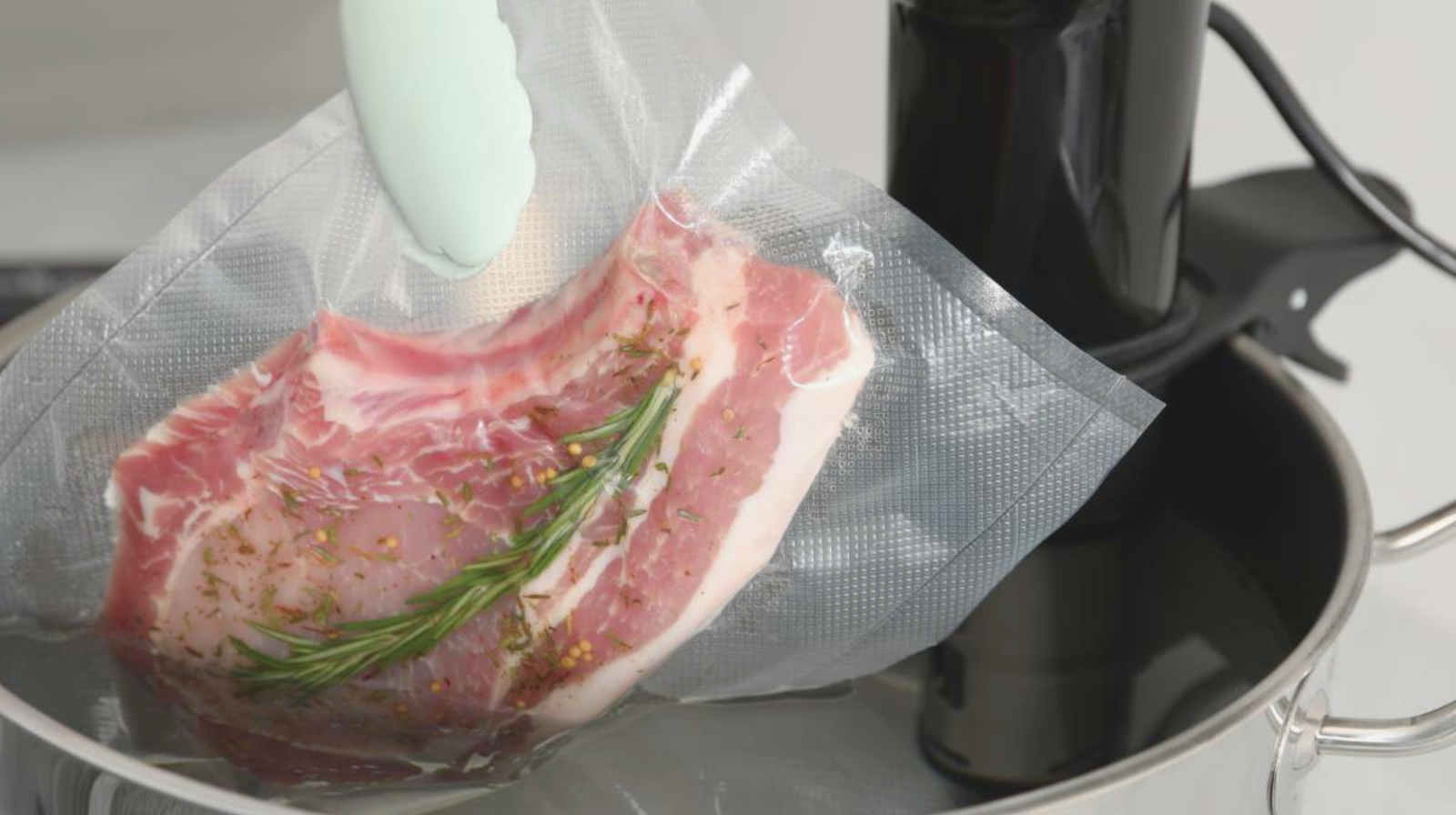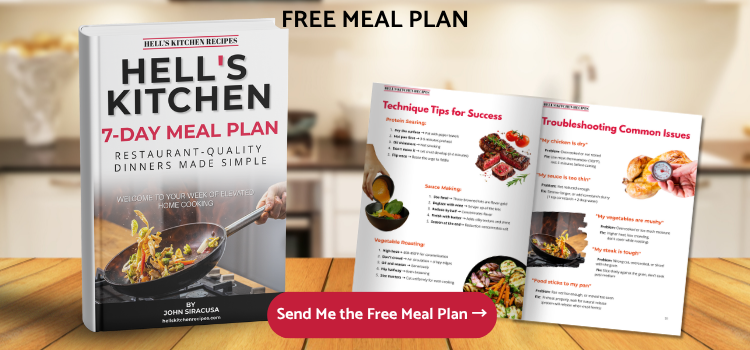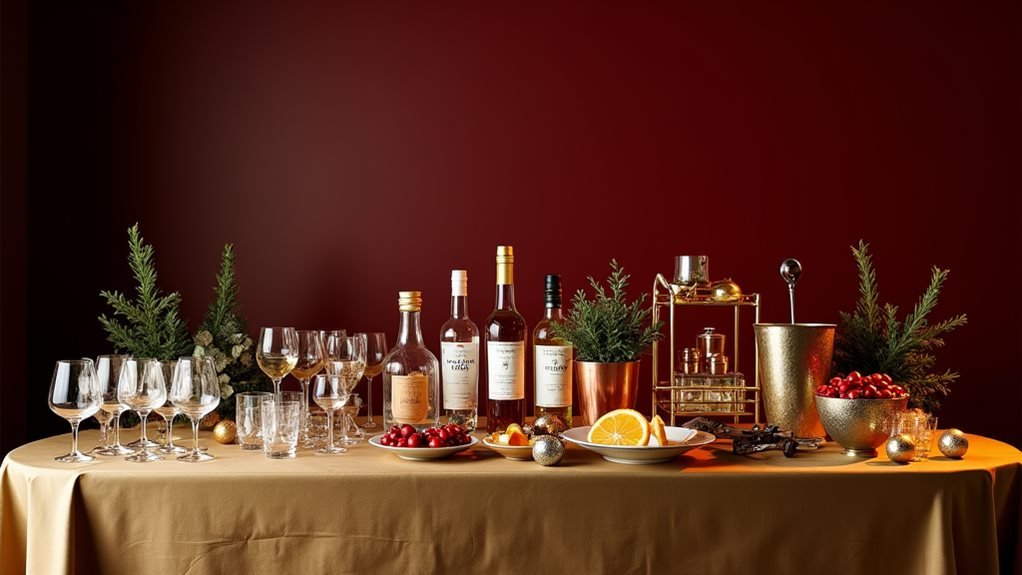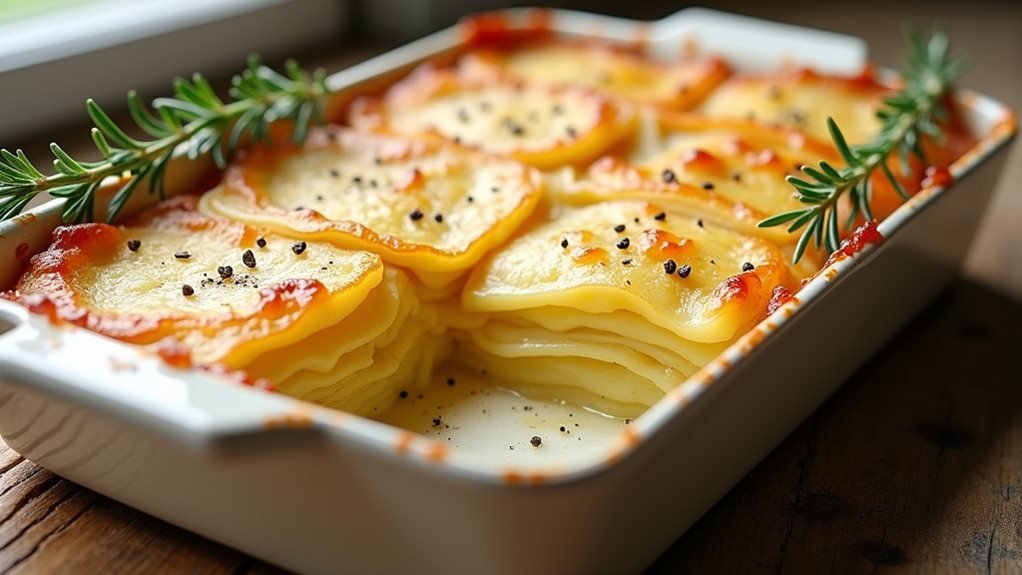Why Your Sous Vide Container Matters
The container determines how evenly water circulates and how efficiently heat stays inside the bath. A thin plastic bin can lose up to 4 °F per hour; a proper sous vide vessel loses less than 1 °F. That difference shows up in texture and doneness.
Watch a real sous vide setup demo on YouTube. For detailed gear breakdowns, explore the Kitchen Equipment section.
- Material: Polycarbonate or stainless steel resists warping above 190 °F.
- Capacity: 12–19 quarts suits most home cooks.
- Lid fit: Minimizes evaporation during 12-hour cooks.
- Rack compatibility: Keeps bags submerged for even results.
How We Tested the Best Sous Vide Containers
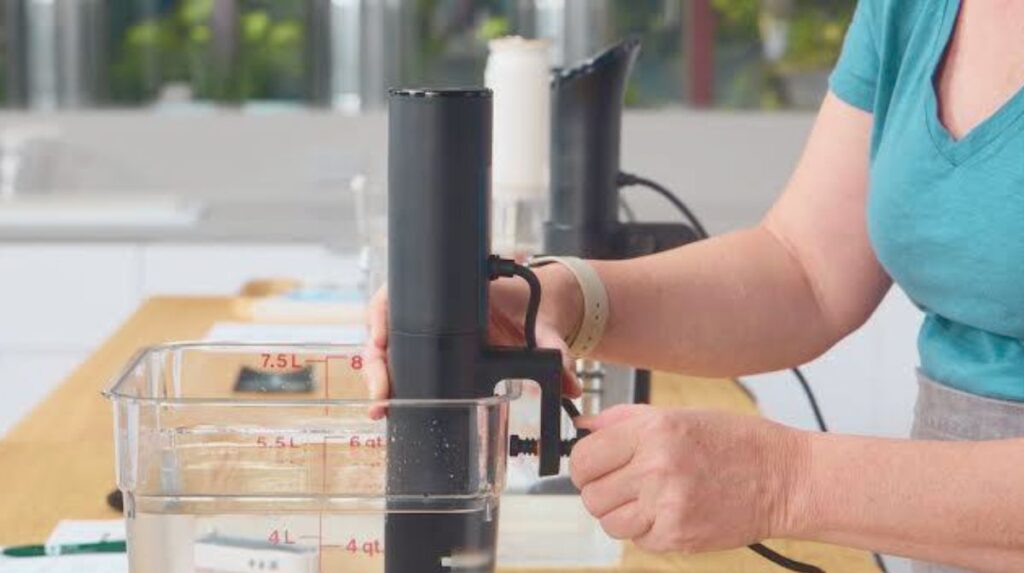
I ran 12- and 24-hour tests at 140 °F and 165 °F using Anova Precision and Inkbird circulators. I measured heat loss per hour, lid seal integrity, and cleanup effort. According to Anova’s own technical guide, stable water temperature within ±0.2 °F ensures consistent results.
| Container | Heat Retention | Ease of Use | Capacity Flexibility | Value | Total |
|---|---|---|---|---|---|
| Greater Goods 12-Qt | 9 | 9 | 8 | 9 | 35/40 |
| Vpcok Direct 12-Qt | 8 | 8 | 7 | 10 | 33/40 |
| COSPARX 19-Qt | 10 | 7 | 10 | 8 | 35/40 |
Top Sous Vide Containers of 2025 (Tested & Reviewed)
Greater Goods Sous Vide Container — Best Overall
- Versatile: Primarily designed for sous vide cookers, this dishwasher-safe container is suitable for various kitchen tasks like food storage or...
- Minimal Water Evaporation: Cook for extended durations without the need for frequent water refills. This feature seals in heat, and minimizes water...
- Effortless Operation: Experience a smooth setup by filling the sous vide container with water. Attach the circulator, clip the sealed bag onto the...
This 12-quart polycarbonate container held water within ±0.1 °F over a 12-hour cook. The lid’s silicone gasket prevents evaporation.
- Pros: Excellent temperature stability, hinged lid, dishwasher-safe.
- Cons: Bulky for small kitchens.
Learn how to create your first water bath in the
Beginner Sous Vide Recipes guide.
Vpcok Direct Sous Vide Container — Best for Budget Buyers
- All In One: This sous vide container is exclusive to our brand, integrating functions of fixing sous vide cooker and food, storage and preserving...
- Unique Design: The fixed fixed sous vide rack of the sous vide containers prevents food from being heated unevenly through adjusting its height. The...
- Great Quality: The sous vide container with lid and rack adopts high quality heat resistant materials. Thus, our sous vide containers are...
For under $60, the Vpcok Direct impressed with consistent results (±0.5 °F variance).
- Pros: Great value, clear build, includes rack.
- Cons: Light hinge.
Compare this setup with our Best Budget Sous Vide Cookers.
COSPARX Sous Vide Container — Best for Large Batches
- Safe & Versatile - Compatible with most sous vide cookers, and compatible with Anova 800W 900W 1000W, Anova Nano, Anova AN500-US00, Joule, Wanacle and...
- Sous Vide Simplified - Enjoy precise sous vide cooking with our sous vide container. Its removable silicone lid and rack, along with 5 clips, ensure a...
- Efficient Heat Control - Keep your kitchen organized and clean with the container's protective neoprene sleeve. It reduces heat exchange and heat...
This 19-quart container handled multiple proteins with only 0.8 °F loss after 6 hours.
- Pros: Huge capacity, rack system, ideal for meal prep.
- Cons: Slower heat-up due to water volume.
See compatible circulators in our Best Sous Vide Machine (Commercial) list.
Are Sous Vide Containers and Bags Food-Safe?
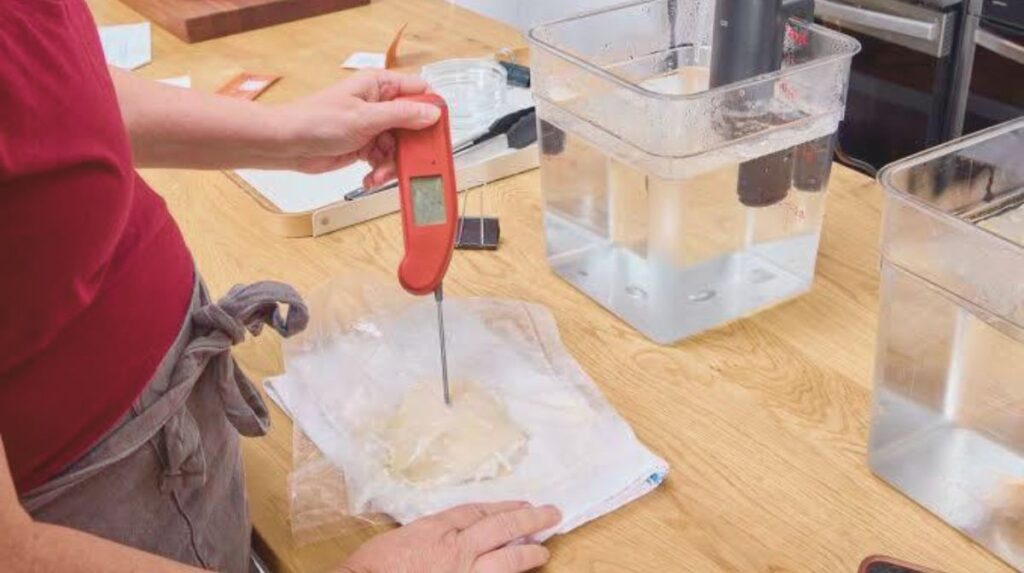
Only use BPA-free, food-grade materials rated for 195 °F/90 °C+. Polycarbonate is an industry standard; stainless steel is nearly indestructible. See community opinions on Quora.
Safer bag options:
- Reusable silicone bags (Stasher)
- Heavy-duty freezer Ziplocs (displacement method)
- Vacuum-sealer bags rated above 190 °F
For full kit pairings, visit Best Sous Vide Kit.
How a Lid and Insulating Sleeve Improve Heat Efficiency
During a 12-hour cook at 150 °F, uncovered baths lost 2 L of water. Using a lid and sleeve cuts losses by 90 %.
| Setup | Evaporation After 12 h | Energy Use |
|---|---|---|
| No lid | 2.0 L lost | 0.46 kWh |
| Hinged lid | 0.3 L lost | 0.31 kWh |
Explore more technique-driven guides in Cooking Techniques.
Building Your Complete Sous Vide Station
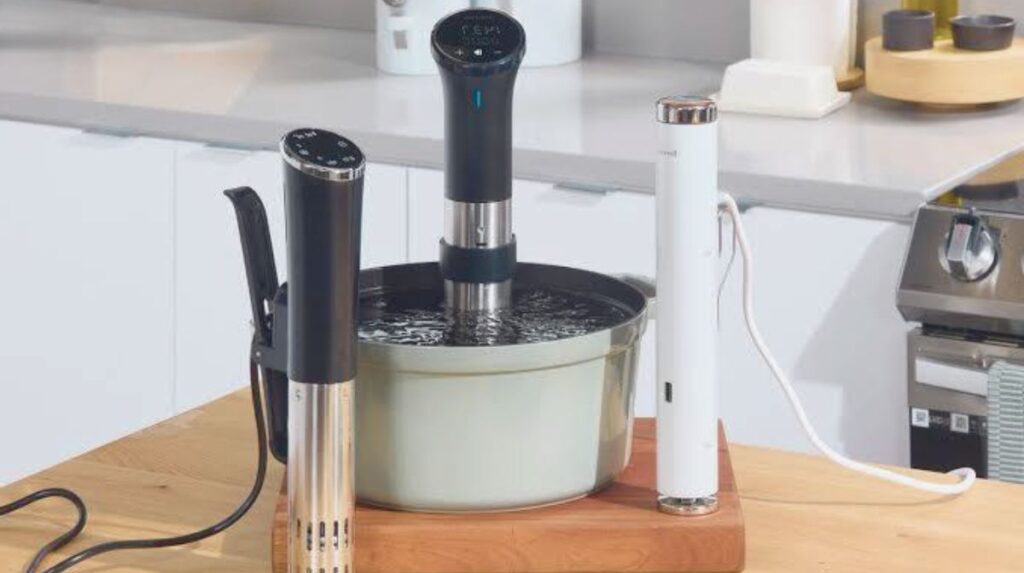
- Immersion circulator
- 12–19 qt container
- Rack or clips
- Lid or wrap cover
- Bags (sealable or reusable)
Pair your bath with a Sous Vide Cooker Under $100.
Common Sous Vide Container Mistakes (and Fixes)
| Problem | Cause | Fix |
|---|---|---|
| Warping plastic | Thin bin not heat-rated | Use thick polycarbonate |
| Floating bags | Air trapped or light rack | Add weights/clips |
| Evaporation loss | No lid | Use cover |
| Overflow | Overfilled bath | Leave 1–2 in clearance |
Find more troubleshooting tips in Beginner Sous Vide.
The Best Reusable Bags for Sustainable Sous Vide Cooking
| Bag Type | Heat Limit | Reusable | Notes |
|---|---|---|---|
| Silicone (Stasher) | 400 °F | Yes | Dishwasher-safe |
| Ziploc Freezer | 195 °F | Limited | Short cooks only |
| Vacuum-Sealer | 200 °F+ | No | Best seal precision |
FAQs — Sous Vide Containers & Bags
Can I Use Any Plastic Bin for Sous Vide Cooking?
No — avoid standard storage tubs or thin plastics. Only use food-grade, heat-rated containers designed to withstand temperatures of up to 195°F (90°C) without warping or leaching chemicals.
Look for polycarbonate or BPA-free materials, which are the same type used in professional restaurant kitchens. These containers are clear, durable, and built for long cooks.
What Size Sous Vide Container Do I Need?
For most home cooks, a 12-quart container is perfect for everyday use — ideal for 1 to 2 servings like steaks, chicken, or vegetables.
If you batch-cook or meal prep for the week, upgrade to a 19-quart model, which comfortably fits multiple vacuum-sealed bags or larger cuts like pork loin and brisket.
As a rule, leave 1–2 inches of clearance above the waterline to prevent overflow once food is submerged.
How Do I Stop Water Evaporation During Long Cooks?
Evaporation happens when you cook for hours without a lid. To prevent this:
-
Use a tight-fitting or hinged lid made for sous vide.
-
Add a neoprene sleeve or silicone cover to trap heat and moisture.
-
For quick fixes, even plastic wrap over the water surface helps reduce loss by up to 90%.
A lid not only prevents water loss but also improves temperature stability and reduces energy use.
Are Metal Containers Better Than Plastic for Sous Vide?
Both materials have advantages:
-
Metal containers (usually stainless steel) are nearly indestructible, clean easily, and offer professional durability.
-
Polycarbonate containers are lighter, transparent (so you can monitor your food), and heat up faster.
If you cook sous vide daily or in commercial quantities, metal can be worth the investment. For most home setups, polycarbonate provides the best balance of performance and price.
Can I Reuse Sous Vide Bags Safely?
Yes — but with care. Always wash reusable bags in warm, soapy water, then air dry them completely before storing.
Stick to silicone sous vide bags for long-term reuse, or wash and reuse heavy-duty freezer Ziplocs only for the same type of food (e.g., raw meats vs. veggies).
Never reuse bags that have held raw poultry or seafood, as bacteria can cling to seams.
✅ Pro Tip:
For detailed timing and safe temperature charts, check out the
Sous Vide Cooking Times PDF — it complements these FAQs perfectly.
Final Verdict — Which Sous Vide Container Should You Buy?
| Model | Capacity | Heat Stability | Lid Quality | Verdict |
|---|---|---|---|---|
| Greater Goods | 12 qt | Excellent | Hinged seal | Best Overall |
| Vpcok Direct | 12 qt | Very Good | Standard | Best Budget |
| COSPARX | 19 qt | Excellent | Full lid kit | Best for Batch Cooking |
Continue refining your precision cooking in Gordon Ramsay’s Sous Vide Guide.
